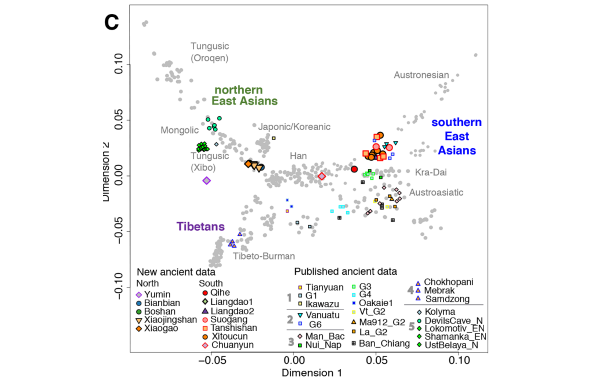xiongmao
Banned
- Messages
- 76
- Reaction score
- 22
- Points
- 0
- Ethnic group
- Han
- Y-DNA haplogroup
- O2a1c2-FGC3750
- mtDNA haplogroup
- D4
Nyishi people of Arunachal Pradesh shares many similarities with Han Chinese,The hairstyle in Nyishi and Han Chinese(before Qing)are both topknots(manbun),The supreme god in Nyishi's Donyi-poloism is Sedi,similar to the Chinese god shangdi,The word of blade in both languages are "Dao",suggests the word"Dao" is one of the oldest chinese word.
In gene,The major Y haplogroup Nyishi people carrying is O3(94%),and Han chinese (74%), suggest O3 was major component that becomes Han chinese tody.Especially The O3-m117,The original Sino-tibetan speakers.
 Nyishi
Nyishi
 Han Chinese
Han Chinese
In gene,The major Y haplogroup Nyishi people carrying is O3(94%),and Han chinese (74%), suggest O3 was major component that becomes Han chinese tody.Especially The O3-m117,The original Sino-tibetan speakers.




